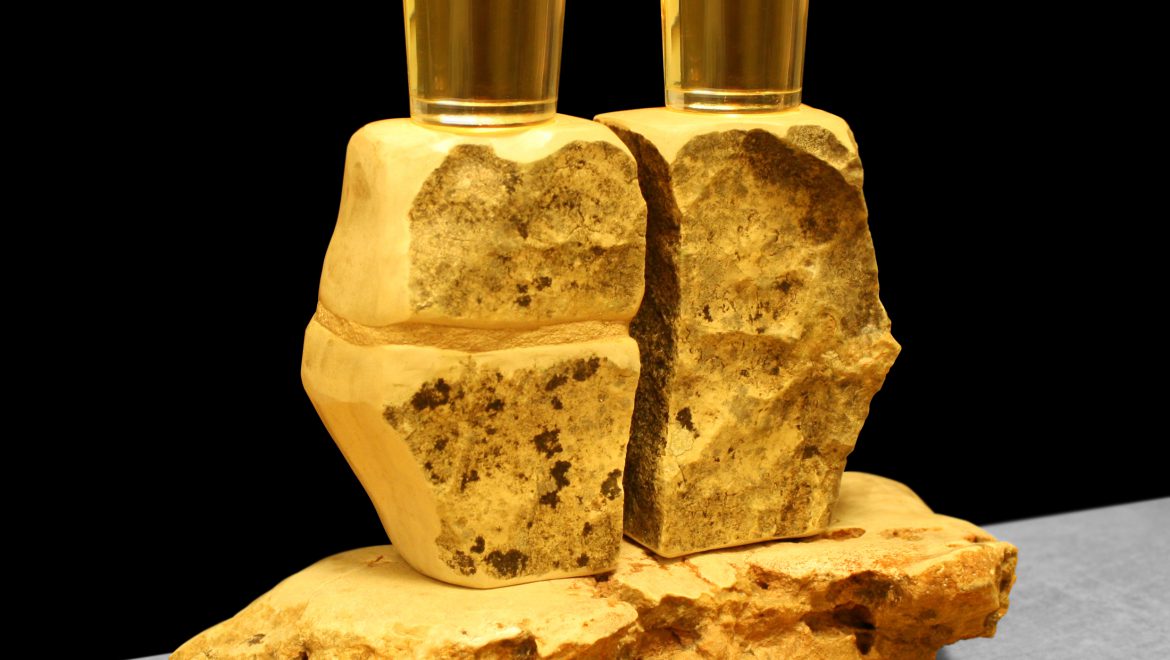
In this excerpt from the article, “Lighting Sabbath Candles,” Avi Lazerson discusses the historical and textual explanations for the commandment of lighting the Shabbat evening candles. He explains how this ritual was given specifically to women, although men are also obligated to light the candles in the absence of a woman. Avi Lazerson is a staff writer at Jewishmag.com, and a writer and teacher at several different Jewish learning institutes in Israel.
The History of Lighting Shabbat Candles
Perhaps nothing brings to mind Jewishness more than the lighting of the Shabbat candles. Who does not picture in his mind a Jewish mother lighting the candles as the traditional beginning of the Shabbat?
The custom of lighting candles to honor the Shabbat is very old and dates back to the Talmud. We find that the rabbis considered the lighting of the candles important for two reasons. One is that the Shabbat should be a day of joy and pleasure. If the house was dark, a person would end up stumbling and that would take away from the enjoyment of the day. The second reason is that light enhances enjoyment of the food. If you eat in the dark, you would not have full appreciation of the food.
Although only one candle is sufficient to provide light in the house for the Shabbat meal, the custom is to light two – in remembrance of the two expressions in the Torah pertaining to the observance of the Shabbat: “remember” and “observe“. The requirement to have Shabbat candles is so great that even if a person has very little money and after acquiring bread for the meal, he only has money enough for either wine or a candle, he should buy the candle. It is preferable that he makes kiddush on the bread and eat in the light, rather than make kiddush on wine and eat in the dark.

